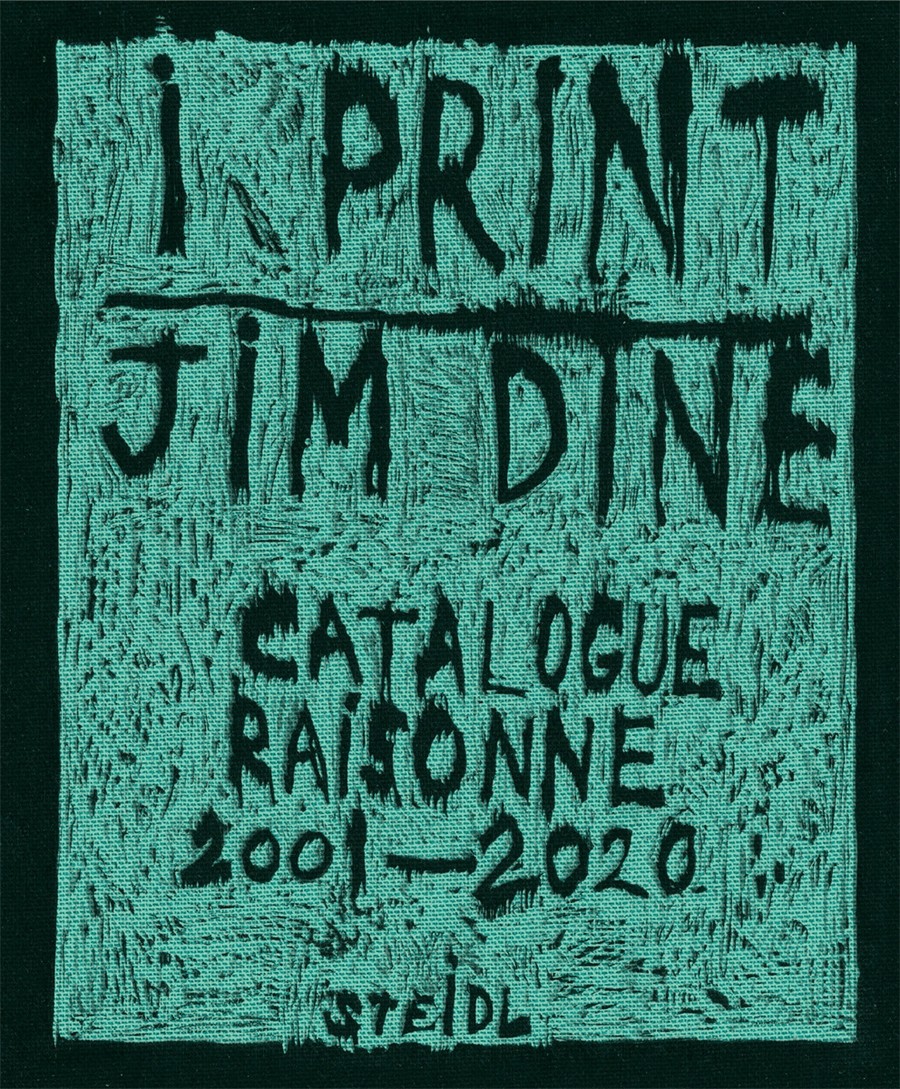Pigskins to Paintbrushes
Smartfox Books Code: PR40776
$53.70 NZD
Description:
He realized how football and art were one and the same. Both required rhythm. Both required technique. Passing, pulling, breaking down the field-that was an art.
Young Ernie Barnes wasn't like other boys his age. Bullied for being shy, overweight, and uninterested in sports like boys were "supposed" to be, he instead took refuge in his sketchbook, in vibrant colors, bold brushstrokes, and flowing lines. But growing up in a poor, Black neighborhood during the 1930s, opportunities to learn about art were rare, and art museums were off-limits because of segregation laws. Discouraged and tired of being teased, Ernie joined the school football team. Although reluctant at first, he would soon become a star.
But art remained in Ernie's heart and followed him through high school, college, and into the NFL. Ernie saw art all around him: in the dynamic energy of the game, the precision of plays, and the nimble movement of his teammates. He poured his passion into his game and his craft, and became famous as both a professional athlete and as an artist whose paintings reflected his love of the sport and celebrated Black bodies as graceful and beautiful.
He played for the Baltimore Colts (1959-60), Titans of New York (1960), San Diego Chargers (1960-62), and the Denver Broncos (1963-64). In 1965, Barnes signed with the Saskatchewan Roughriders in Canada, but fractured his right foot, which ended his professional football career. Soon after, he met New York Jets owner Sonny Werblin, who was impressed by Barnes and his art. In 1966, Barnes had a debut solo exhibition in New York City, sponsored by Werblin at the
He realized how football and art were one and the same. Both required rhythm. Both required technique. Passing, pulling, breaking down the field-that was an art.
Young Ernie Barnes wasn't like other boys his age. Bullied for being shy, overweight, and uninterested in sports like boys were "supposed" to be, he instead took refuge in his sketchbook, in vibrant colors, bold brushstrokes, and flowing lines. But growing up in a poor, Black neighborhood during the 1930s, opportunities to learn about art were rare, and art museums were off-limits because of segregation laws. Discouraged and tired of being teased, Ernie joined the school football team. Although reluctant at first, he would soon become a star.
But art remained in Ernie's heart and followed him through high school, college, and into the NFL. Ernie saw art all around him: in the dynamic energy of the game, the precision of plays, and the nimble movement of his teammates. He poured his passion into his game and his craft, and became famous as both a professional athlete and as an artist whose paintings reflected his love of the sport and celebrated Black bodies as graceful and beautiful.
He played for the Baltimore Colts (1959-60), Titans of New York (1960), San Diego Chargers (1960-62), and the Denver Broncos (1963-64). In 1965, Barnes signed with the Saskatchewan Roughriders in Canada, but fractured his right foot, which ended his professional football career. Soon after, he met New York Jets owner Sonny Werblin, who was impressed by Barnes and his art. In 1966, Barnes had a debut solo exhibition in New York City, sponsored by Werblin at the
The product may be provided by a different brand of comparable quality.
The actual product may vary slightly from the image shown.
Shop amazing plants at The Node – a top destination for plant lovers



.jpg)








.jpg)









.jpg)





.jpeg)





.jpeg)



.jpeg)








.jpeg)



.jpeg)

.jpeg)

.jpeg)

.jpeg)




.jpeg)
.jpg)

.jpeg)






.jpeg)
.jpeg)




.jpeg)





.jpeg)


.jpeg)

.jpeg)

.jpeg)

.jpeg)







.jpeg)
.jpeg)
.jpeg)





.jpeg)



.jpeg)






.jpg)
.jpeg)









.jpg)


ulva-Logo.jpg)




.jpeg)



.png)















.png)
























